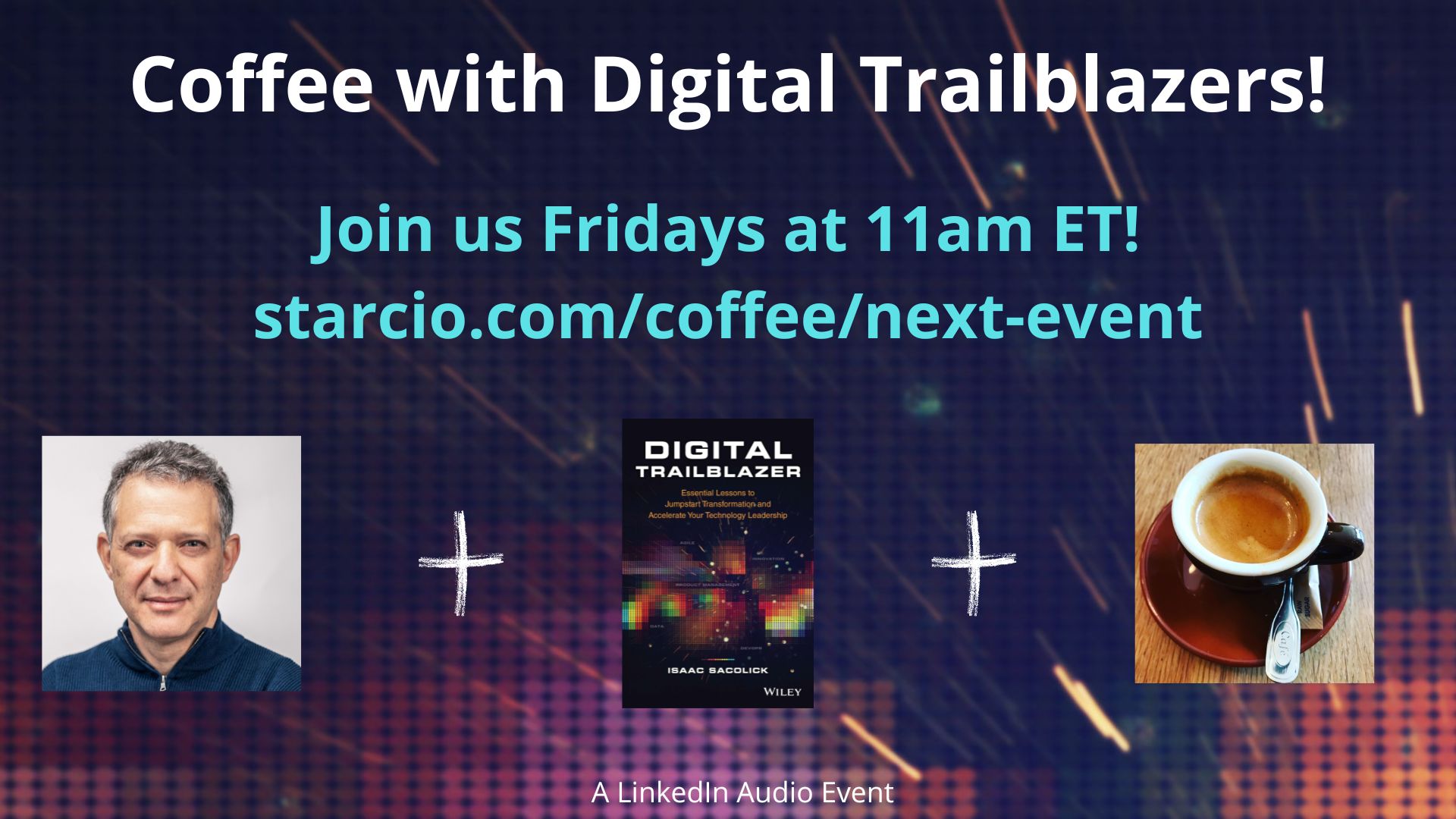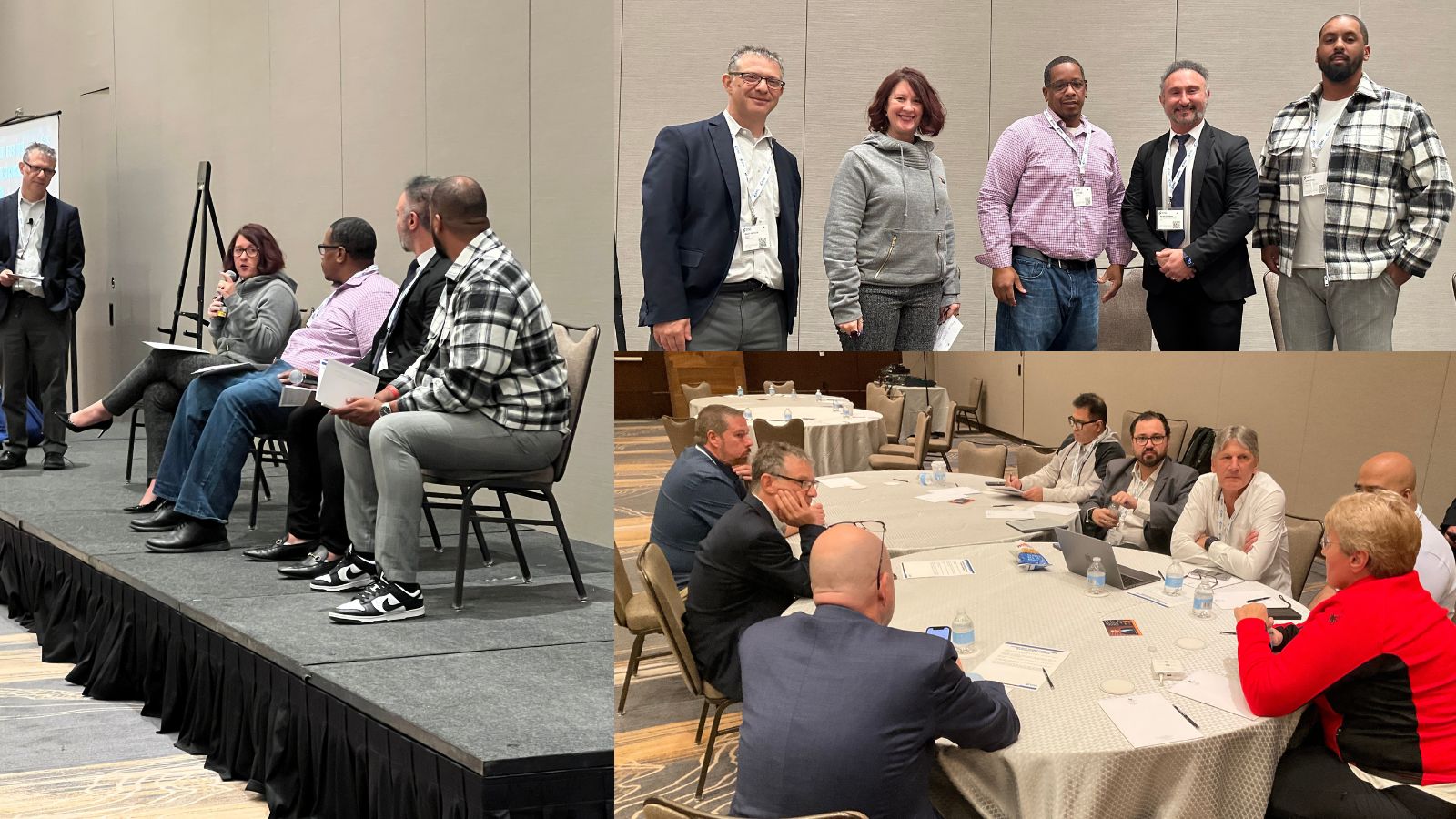I just read about how CIOs are taking it slow regarding generative AI in the enterprise. “The hard thing about this is you don’t have data on people’s level of productivity,” said Sharon Mandell, CIO at Juniper Networks, while Kathy Kay, executive VP and CIO at Principal Financial Group, created a study group of “a combination of engineers and business people and are curating probably 25 use cases.” The article quotes a Morgan Stanley study finding that only 4% of large company CIOs launched significant generative AI projects.
CIOs should be cautious about where they are making big investment bets, especially when it concerns the enterprise’s intellectual property or sensitive data sets. In my recent post on how CIOs deliver short-term wins and plan visionary impacts with gen AI, I advised finding short-term wins in IT, increasing the frequency of blue-sky planning, and investing opportunities using large language models (LLMs) on proprietary data.
CIOs must consider strategic opportunities and risks – but
Digital Trailblazers
– the lieutenants leading digital transformation initiatives are the leaders
who should identify value opportunities, experiment, learn, and project
where generative AI can provide quick and longer-term wins. For example, in
my post on
10+ awesome LLM and gen AI capabilities for DevOps and IT Ops, reducing incident resolution times, generating IT documentation, and
increasing dev velocity with copilots are all short-term productivity
opportunities.
The Digital Trailblazer’s role in AI: Find value and experiment
Where else can Digital Trailblazers look for innovation opportunities with
generative AI?
One source of inspiration should come from SaaS and other technology company
CTOs, who are more likely to experiment with emerging tech. Many SaaS CTOs
embed gen AI capabilities in their products, such as
Quickbase AI
(Smart Builder, Data Analyzer, and Data Scanner),
Coveo’s Relative Generative Answering, or LaunchDarkly’s Product Experimentation. CTOs can provide insights into what’s working, what’s hype, what tools to
try, and how to avoid the gotchas.
I’ve shared some of what I learned from SaaS CTOs in older posts, including
ten things enterprise CIOs can learn from startups about innovation and
disruption, stemming from a panel I moderated at the former CIO Global Forum, now the
Spark Executive Forum, that
included Dries Buytaert (Acquia /
Drupal) and Jeremy Howard (Kaggle, now
fast.ai and
Answer.AI). More recently, I wrote
about
what CIOs can Learn from low-code platform CTOs.
So, let’s look at some examples of SaaS CTOs and engineering leaders
leveraging generative AI capabilities.
Reducing bias when recruiting for diversity
Last month, I moderated a panel at SINC USA’s IT and Security Leaders Forum on diving into talent acquisition, diversity, and retention. Digital Trailblazers reported some improvements and their struggles in getting a diverse candidate pool when hiring. For example, leaders reported success in hiring women application developers, but the candidate pool for infrastructure and security jobs was far less diverse. One leader received 260 applications for a security role – all male. Other reported issues in recruiting African Americans, Hispanics, Latinos, and people from diverse backgrounds into IT and security roles.
Bias in job descriptions is often cited as a recruiting issue. Vlad Iacob,
VP of engineering at hackajob,
says, “While AI in hiring is often criticized for relying on biased data and
skewing results to favor certain candidates, the use of gen AI reverses this
by analyzing existing data sets to remove bias from the start of the hiring
process, enabling hiring managers to remove bias from job descriptions,
ensuring that all candidates are equally accessing the information.”
We all have
unconscious biases
that can impact how we write job descriptions and review job applications.
Generative AI technologies are options when used to augment the recruiting
and hiring process.
Vlad suggests leaders “should not let gen AI have full autonomy over any
aspect of hiring. Instead, it should complement the hiring lifecycle and be
used to improve what is already in place.”
Find and reduce toil in dev, ops, and data science
Developers like to solve problems, IT operations want to address performance
issues proactively, and data scientists want to find insights in new data
sets. Engineers take on many technical tasks to achieve these goals, some
value-adding, others necessary toil to get the job done.
Copilots and other generative AI IT capabilities aim to improve
productivity, simplify skill sets, and expose existing solutions for reuse.
“I’m excited by the new generation of AI learning algorithms because they
allow us to train models faster, optimize code, and generate boilerplate
code automatically,” says Darko Fabijan, co-founder of
Semaphore CI/CD. “This frees up my
team to focus on creative problem-solving and delivering value for
customers.”
Digital Trailblazers should ask questions – where is gen AI capability
providing tangible value, and what’s the impact? For example, when gen AI
productivity improvements help teams address customer needs faster and
better, then that’s a positive impact.
Step out of your comfort zone and ask the CTOs
Here are some other examples of innovative use cases:
- “New services offer extremely valuable benefits for rapid prototyping, testing, and market validation in a much shorter timeframe,” says Erik Reeves, CTO of Anaqua, in what CTOs are learning from generative AI.
- “The nature of how we build software itself is being completely transformed dramatically by gen AI. It involves how gen AI can augment what the developer is doing by helping with code snippets, or writing test cases, or even creating automatic pull requests,” says Pandurang Kamat, CTO of Persistent Systems, in his interview on generative AI in the enterprise.
- “We chose use cases because we felt at the time it was right in the wheelhouse of what generative AI is known to cover pretty well. When it comes to text summarization and having the human still involved to verify, we felt really good about that,” says Tim Armandpour, CTO of PagerDuty, in an interview on minimizing collateral damage.
 In my book,
Digital Trailblazer, I advise readers to “step out of your comfort zone and broaden your
perspective by seeking outside‐in learning opportunities.” You can learn a
lot from research and want to experiment with gen AI tools. In between these
steps are opportunities to reach out to experts, such as SaaS and tech
company CTOs, and learn from their experiences.
In my book,
Digital Trailblazer, I advise readers to “step out of your comfort zone and broaden your
perspective by seeking outside‐in learning opportunities.” You can learn a
lot from research and want to experiment with gen AI tools. In between these
steps are opportunities to reach out to experts, such as SaaS and tech
company CTOs, and learn from their experiences.
Join us for a future session of Coffee with Digital Trailblazers, where we discuss topics for aspiring transformation leaders. If you enjoy my thought leadership, please sign up for the Driving Digital Newsletter and read all about my transformation stories in Digital Trailblazer.
 Digital Trailblazers! Join us Fridays at 11am ET for a live audio discussion on digital
transformation topics: innovation, product management, agile, DevOps,
data governance, and more!
Digital Trailblazers! Join us Fridays at 11am ET for a live audio discussion on digital
transformation topics: innovation, product management, agile, DevOps,
data governance, and more!



No comments:
Post a Comment
Comments on this blog are moderated and we do not accept comments that have links to other websites.